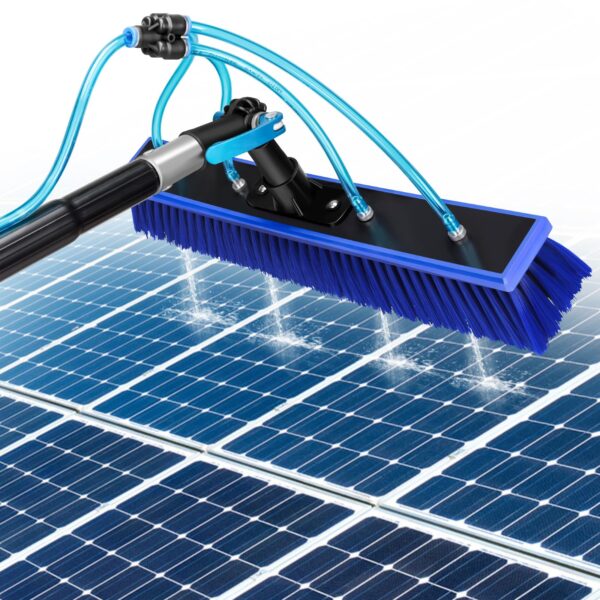
Solar Panel Installation can significantly enhance energy efficiency at home, presenting numerous direct benefits including substantial reductions in electricity bills and contributing towards an eco-friendlier footprint. Understanding the intricacies involved in the Solar Panel Installation process is crucial for homeowners looking to transition to solar energy, making it a wise and sustainable investment choice.
The Solar Panel Installation process generally spans several months, beginning with the selection of a reputable solar company and system. Here are the main steps:

Investing in solar energy is more affordable than ever, especially when considering the long-term savings and available incentives. The average cost before incentives is around $30,000, but post-incentive costs drop significantly.

The choice of solar system installation impacts its function and benefits.
Choosing the right solar system involves assessing several home factors.
Who you choose to install your solar panels plays a significant role in the process.

Selecting solar equipment goes beyond simply picking panels and inverters.
Routine checks ensure the system operates at peak efficiency.
With strategic planning, optimal equipment choice, and a reliable installation partner, Solar Panel Installation is a rewarding venture, offering financial benefits and contributing positively to environmental sustainability. Whether evaluating initial costs or considering future energy needs, understanding the intricacies of solar power systems can help make this eco-friendly venture more accessible and effective. For insights into home energy efficiency, consider home energy audit tips to boost your system's effectiveness.

As you dive into assessing your home's energy needs, the foundation of your solar power system matters immensely. The sturdy and reliable Solar Mounting Bracket is paramount, providing a robust base for your panels. These high-quality aluminum brackets are corrosion-resistant, ensuring longevity and stability against the elements. The ease of installation makes them a go-to for DIY enthusiasts, guaranteeing a secure placement for optimal energy capture. With durability and effectiveness at its core, the bracket simplifies solar installation, bringing you one step closer to green energy independence.

Tapping into solar power starts by choosing the right panels for your energy needs, and the ECO WORTHY Monocrystalline Efficiency Module is a prime candidate, particularly for marine application or mobile setups. This module's sleek design, captured in the image, highlights its compact and durable form factor, perfect for withstanding challenging environments. With its monocrystalline cells, efficiency is maximized, ensuring you get more power even in limited space. Whether for a boat, RV, or an off-grid home system, this solar panel promises reliability and maximum energy harvest, clicking into your sustainable lifestyle seamlessly.

Maintaining optimal performance of your solar panels is essential for meeting your home's energy needs efficiently. A pivotal addition to your solar upkeep toolkit is the Outdoor Solar Panel Cleaning Equipment. This innovative cleaner boasts specialized brushes designed to carefully remove dirt while protecting delicate surfaces. Sturdy, extendable handles allow for easy reach across arrays, enhancing your cleaning process without the need for constant repositioning. Coupled with a water-fed system that ensures a thorough rinse, this product is a game-changer in solar maintenance. Explore this solar panel cleaner to extend the life and efficacy of your investment.
As you embark on your journey to a more sustainable home with solar panels, remember that understanding your home's energy needs is the first step towards a brighter, greener future. We're thrilled to be part of your adventure and would love to keep the conversation going! Follow us on Instagram for daily inspiration and sneak peeks into the latest energy-efficient designs. Plus, don't miss our insightful pins on Pinterest—perfect for sparking creativity in your own solar projects. For lively discussions and the latest updates in the world of sustainable architecture, join us on X and Facebook. We can't wait to see how your solar journey unfolds and enrich your living spaces with endless possibilities!
To estimate your solar needs, consider your household's annual energy usage. For instance, if your home consumes 12,800 kWh annually and you're in a region with a production ratio of 1.6, and using solar panels rated at 320 watts, you'd need approximately 25 panels. This is calculated as follows: 12,800 kWh divided by 1.6, then divided by 320.
Generally, a typical Indian household can be effectively powered by a solar panel system comprising 10-15 panels. This configuration can generate roughly 3-5 kilowatts, sufficient to satisfy the energy demands of an average family home.
Evaluate the dimensions, orientation, and pitch of your roof to determine suitability. Solar panels are most efficient on south-facing roofs with an inclination between 15 and 40 degrees, though other orientations may also work. Additionally, assess the roof's condition to ensure it won’t require replacement soon.
For a home measuring 2,000 square feet, the number of required solar panels varies between 20 and 24, contingent on electricity usage, geographic location, and weather conditions. This is based on the use of 375-watt panels and an estimated annual consumption of approximately 9,000 to 11,000 kWh.
